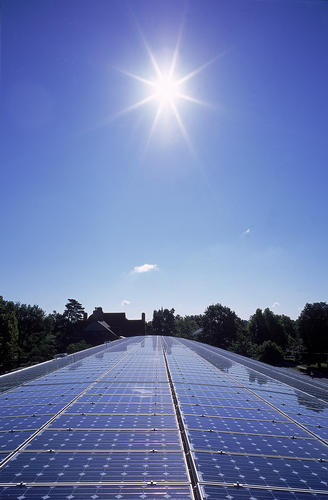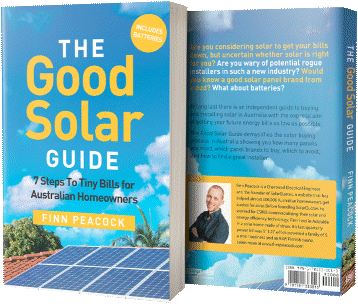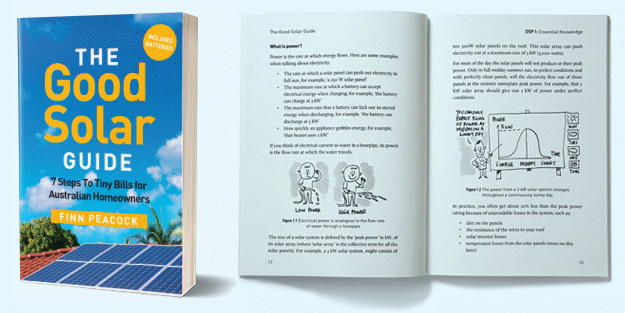 One of the key sub-themes that tends to elbow its way through these SolarQuotes weekly columns is the understating, or inability to recognise, of the potential of solar energy in Australia. Time after time we at SolarQuotes HQ are forced to report on cuts in support from slow-moving and slow-thinking state governments. The bad news is not restricted to the states either with influential Canberra pollies such as Martin “Fossil Fuel” Ferguson bemoaning the alleged lack of growth in the solar sector.
One of the key sub-themes that tends to elbow its way through these SolarQuotes weekly columns is the understating, or inability to recognise, of the potential of solar energy in Australia. Time after time we at SolarQuotes HQ are forced to report on cuts in support from slow-moving and slow-thinking state governments. The bad news is not restricted to the states either with influential Canberra pollies such as Martin “Fossil Fuel” Ferguson bemoaning the alleged lack of growth in the solar sector.
This wouldn’t be so bad except that old Fossil Fuel is Minister for Energy and Natural Resources!
The constant downgrading in expectations for solar was highlighted for the sham it is by the recent Australian Energy Technology Assessment (AETA) Report by the Bureau of Resources and Energy Economics. The study found that (shock, horror) a country with the sunlight assets of Australia is likely to have solar power as the “lowest levelised cost” of all the energy technologies in the country in around 20 years. This means that not only will solar be comparatively cheaper, but also play a major role in our energy needs.
See last week’s article for the full story.
The question of the speed bump that is the federal government’s policy was well brought up in an article I stumbled across this week in Solar Australia.
Aptly titled “The Inevitability of Solar PV” by Nigel Morris, director of solar industry analysis group SolarBusinessServices. The piece argues that the sky’s the limit (ahem) with regard to solar energy in our country. The author points out that that a combo of a lack of vision from federal and state politics; a determined attempt by certain media outlets to underplay the achievements of solar (quick shout out to Mr Murdoch here?) and a misreading of data will not stop the inexorable growth of solar as an important energy source.
Indeed Nigel takes the inevitability of solar further, saying a target of 40 gigawatts of solar power being generated by 2030 is certainly within Australia’s reach, though it will require some rethinking of our energy priorities.
The 40 GW projection also represents just over 70 per cent of the expected standing generation capacity in Australia and this will be a problem unless we radically reshape our energy markets, for a variety of reasons. The CSIRO’s recently-released report into solar intermittency concluded that 40 per cent penetration was reasonable – this equates to roughly 24 GW; above AEMO’s prediction but below our 40 GW hypothetical.
He adds:
40 GW by 2030 does start to look conceivable, but is not without its issues.
It won’t be plain sailing; we need major overhauls of our regulatory environment, an entirely new way of thinking about energy and – dare I say it – a little change in the vested interests and revenue streams that are feeling threatened today. Just quietly in their board rooms, they are undoubtedly considering a future where their market for terawatt hours could be halved, by the time their kids finish school.
Your thoughts on this folks? Do you agree that Australia has the capacity and political will to generate 40 gigawatts of solar by 2030? We’d like to hear your views, either in the comments field or over at our Facebook Page.

 RSS - Posts
RSS - Posts



I’m very new to the details of solar. If solar energy is intermittent, but solar thermal is not, then why are we investing in solar PV, rather than solar thermal? Genuine question, not trying to start an argument.